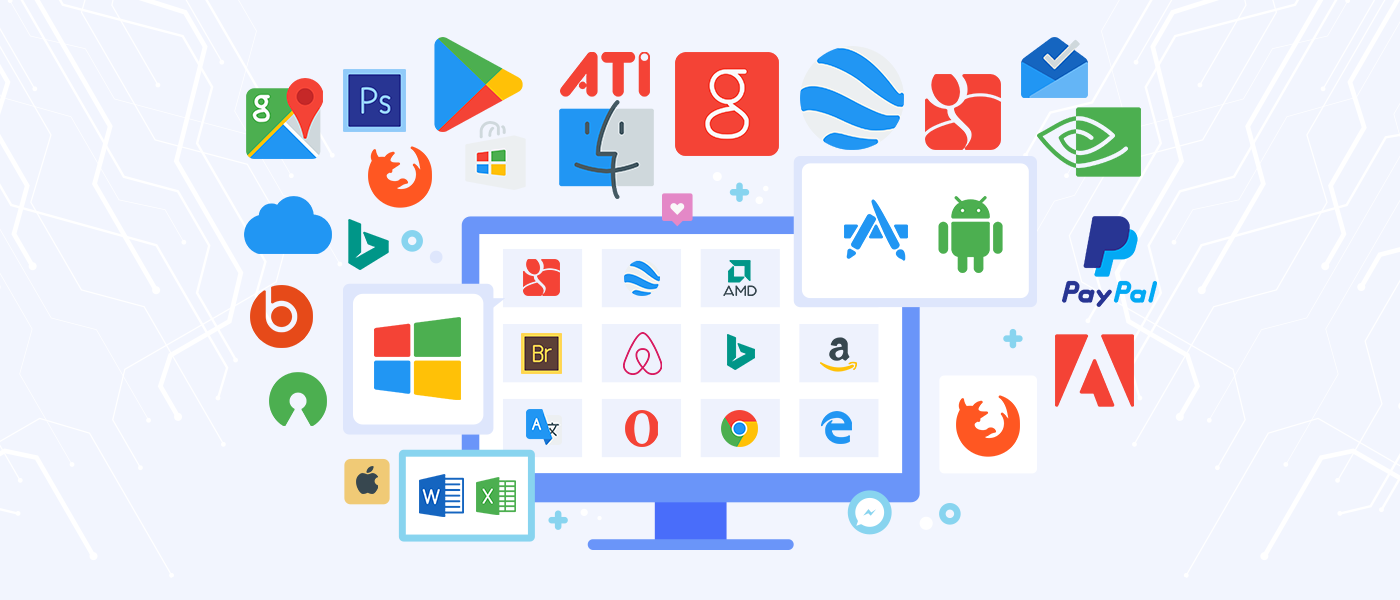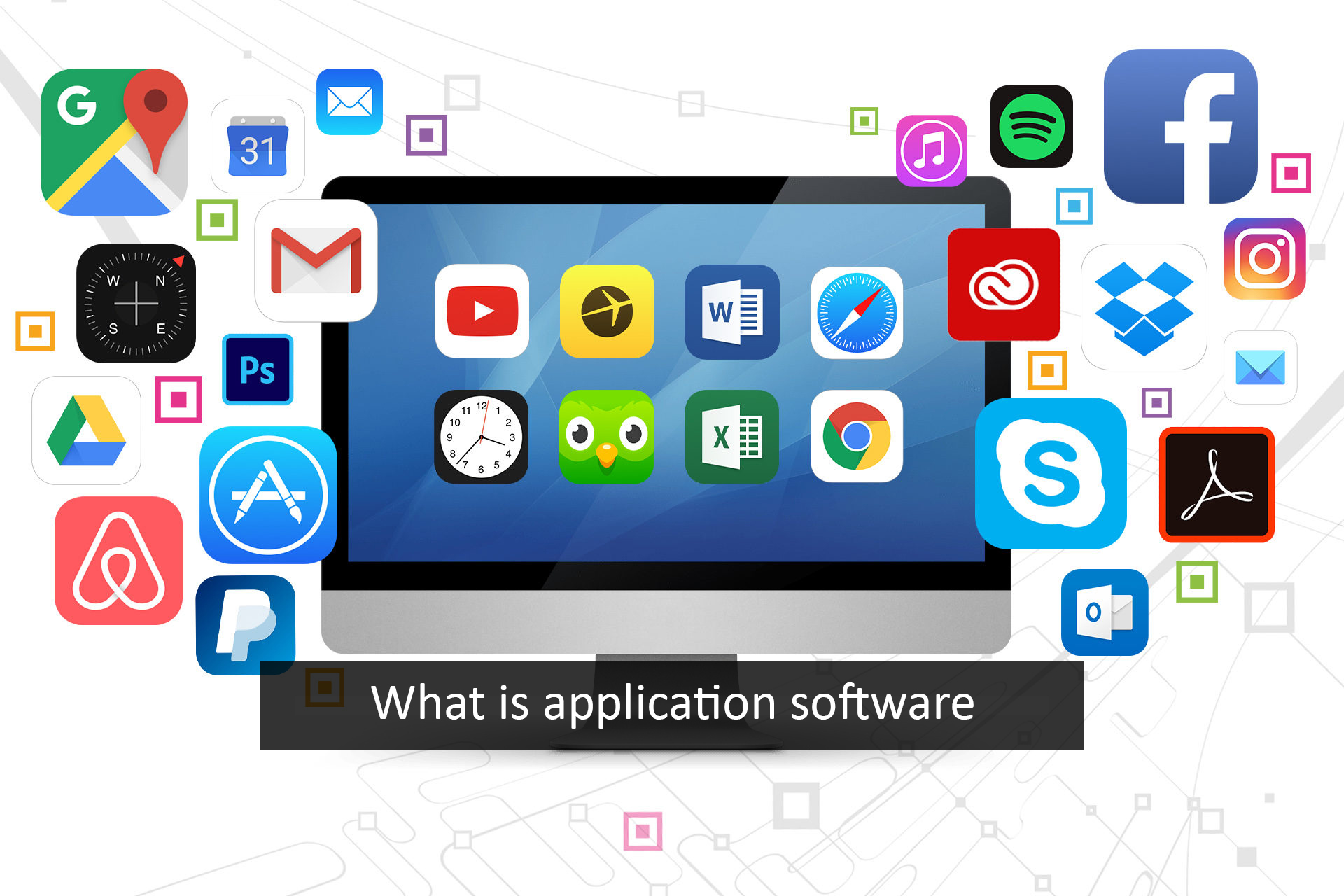Understanding Software: The Backbone Of Modern Technology
What is Software?
At the heart of every digital device lies software, a term that encompasses all the intangible components of a computer system. Unlike hardware, which refers to the physical parts of a computer like the CPU, motherboard, and storage devices, software is the set of instructions that tell these physical components how to perform specific tasks. Software can be defined as a collection of programs, data, or computer programs used to operate machines and execute particular activities. It acts as the bridge between the user and the hardware, allowing us to interact with devices in meaningful ways.
The Evolution of Software
Over time, software has grown increasingly complex, reflecting the advancements in technology and the growing demands of users. Initially, software was relatively simple, designed to handle basic computational tasks. However, as computers became more powerful and versatile, so did the software that powered them. Today, software development has transformed into a dynamic field, where ideas can become prototypes within hours and reach users in a matter of days, rather than the weeks and months it used to take.
Core Components of Software
At its most fundamental level, software is a set of instructions, known as "computer code," that enables us to interact with hardware devices. These instructions are written in a programming language and are processed by a compiler or interpreter to execute on the architecture's hardware. Software comprises the entire set of programs, procedures, and routines associated with the operation of a computer system. It is the antithesis of hardware, which refers to the tangible components of a computer.
- Kyla Yesenosky Onlyfans
- Movierulz 5 Today
- Harrison Bader Gay
- Hannah Owo Sex Photos
- Vegamovies 1080p 60fps
Types of Software
Software can be broadly categorized into two main types: system software and application software. System software includes the operating system and other programs that manage the computer's resources and provide a platform for running application software. Application software, on the other hand, includes programs designed to perform specific tasks for users, such as word processors, web browsers, and graphic design tools.
16 Common Types of Software
- Operating Systems: The core software that manages hardware resources and provides common services for other software applications (e.g., Windows, macOS, Linux).
- Application Software: Programs designed to perform specific tasks for users (e.g., Microsoft Office, Adobe Photoshop).
- Utility Software: Tools that help maintain and optimize computer systems (e.g., antivirus software, disk cleanup utilities).
- Driver Software: Programs that allow hardware devices to communicate with the operating system.
- Enterprise Software: Solutions designed for businesses, such as customer relationship management (CRM) systems.
- Education Software: Programs used for teaching and learning purposes.
- Entertainment Software: Games and multimedia applications.
- Malware: Malicious software designed to harm or exploit computer systems.
- AI Software: Tools that enable artificial intelligence and machine learning capabilities.
- Cloud Software: Applications that run on remote servers and are accessed via the internet.
- Mobile Software: Apps designed for smartphones and tablets.
- Development Software: Tools used by programmers to create and test software.
- Security Software: Programs that protect computers from unauthorized access and cyber threats.
- Database Software: Systems for organizing, storing, and retrieving data.
- Networking Software: Tools that enable communication between devices on a network.
- Embedded Software: Programs integrated into hardware devices, such as those found in cars, home appliances, and medical equipment.
How Software Powers Modern Devices
Software plays a crucial role in powering devices, applications, and digital solutions. It acts as the brain of a computer, providing the instructions necessary for the physical components to function. For example, when you open a web browser, the software communicates with the hardware to display the desired webpage. Similarly, when you use a mobile app, the software interacts with the device's sensors and processors to deliver the intended functionality.
Today, software development has become more accessible than ever, thanks to AI-powered tools that allow developers to create working applications with little to no coding knowledge. These tools have revolutionized the industry, enabling faster development cycles and more innovative solutions.
Software in Everyday Life
Software is an integral part of our daily lives, powering everything from smartphones and laptops to cars and home appliances. Whether you're using a productivity app to manage your tasks, streaming music on a smart speaker, or controlling your home's thermostat with your phone, software is behind the scenes, making it all possible.
Businesses also rely heavily on software to streamline operations, improve customer experiences, and drive innovation. From customer relationship management (CRM) systems to enterprise resource planning (ERP) software, organizations use various types of software to stay competitive in today's fast-paced digital world.
Challenges in Software Development
Despite its many advantages, software development comes with its own set of challenges. As software becomes more complex, so do the issues that arise during development, such as bugs, security vulnerabilities, and compatibility problems. Developers must constantly adapt to new technologies and trends while ensuring that their software remains reliable, secure, and user-friendly.
Additionally, the rapid pace of technological change means that software must be updated frequently to remain relevant and functional. This requires ongoing maintenance and support, which can be costly and time-consuming for both developers and users.
Conclusion
In summary, software is the backbone of modern technology, enabling us to interact with devices and perform tasks that were once unimaginable. From simple programs to complex systems, software has evolved significantly over the years, driving innovation and transforming industries. Whether you're a casual user or a professional developer, understanding the basics of software and its role in our lives is essential in today's digital age.
This article has explored the definition of software, its evolution, types, and the challenges associated with its development. By recognizing the importance of software and staying informed about its advancements, we can better appreciate the technology that powers our world.

Software 101: A Complete Guide to Different Types of Software - Goodcore

TYPES OF SOFTWARE || APPLICATION SOFTWARE || SYSTEM SOFTWARE || UTILITY

What is application software with example – IT Release